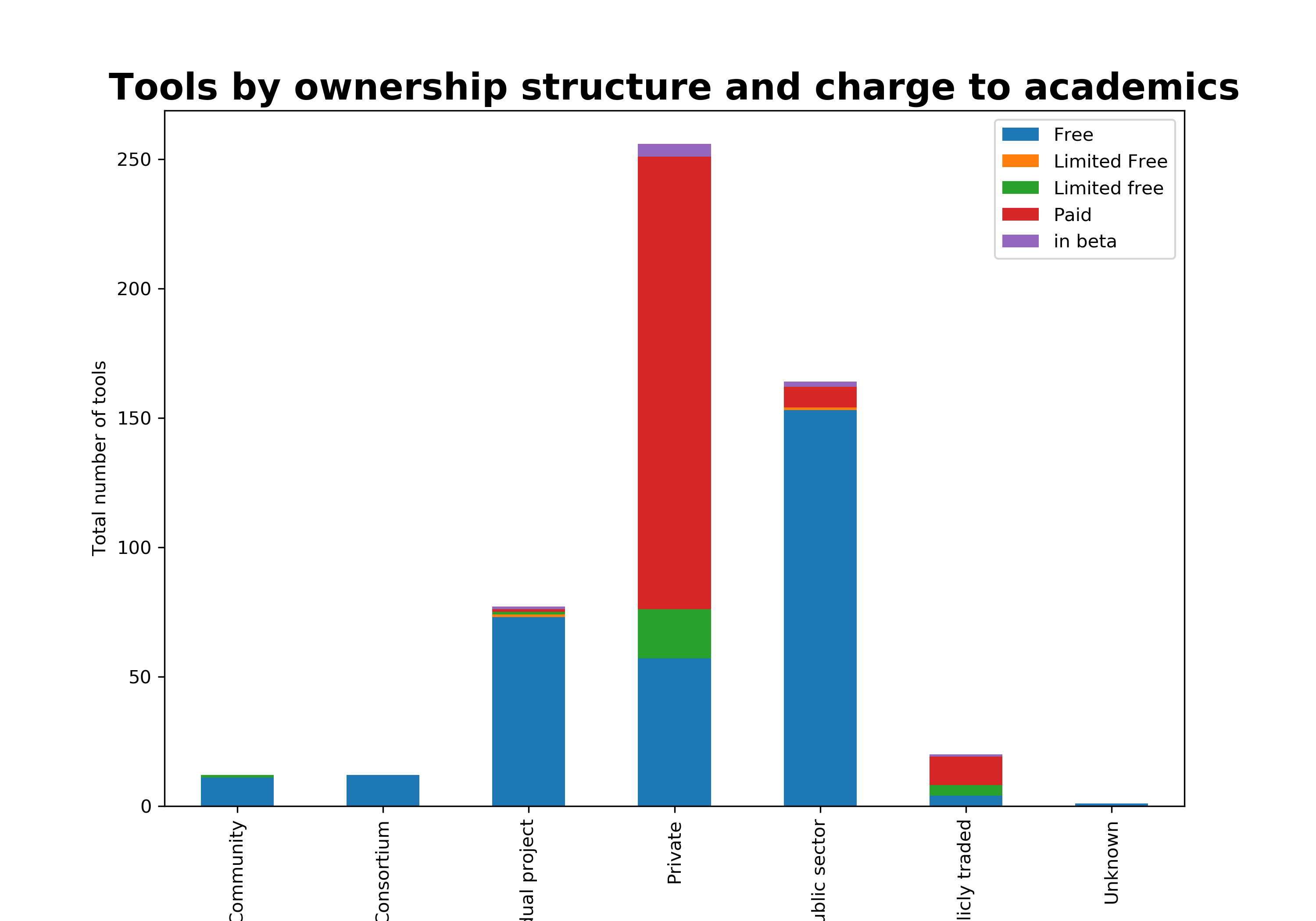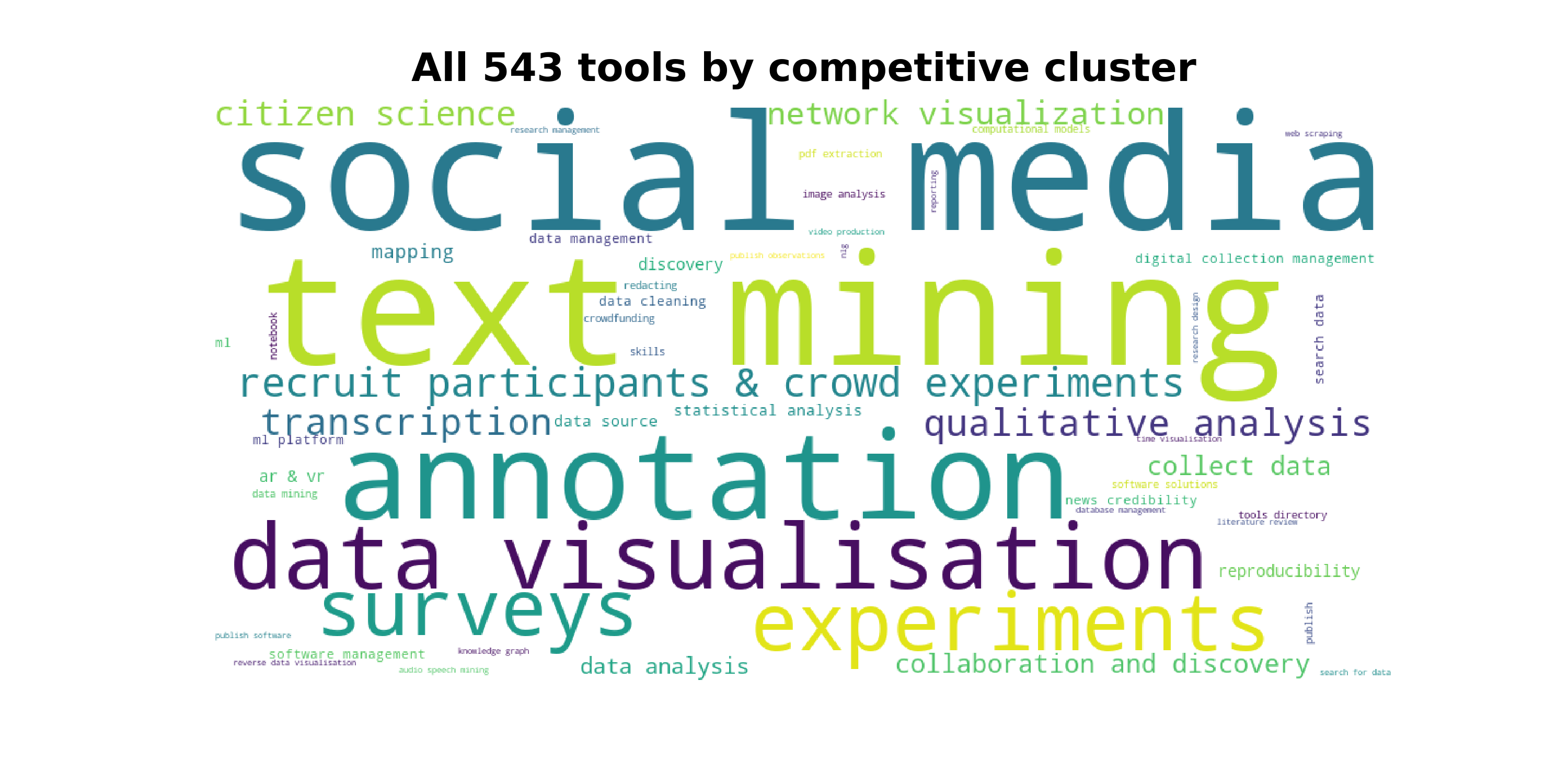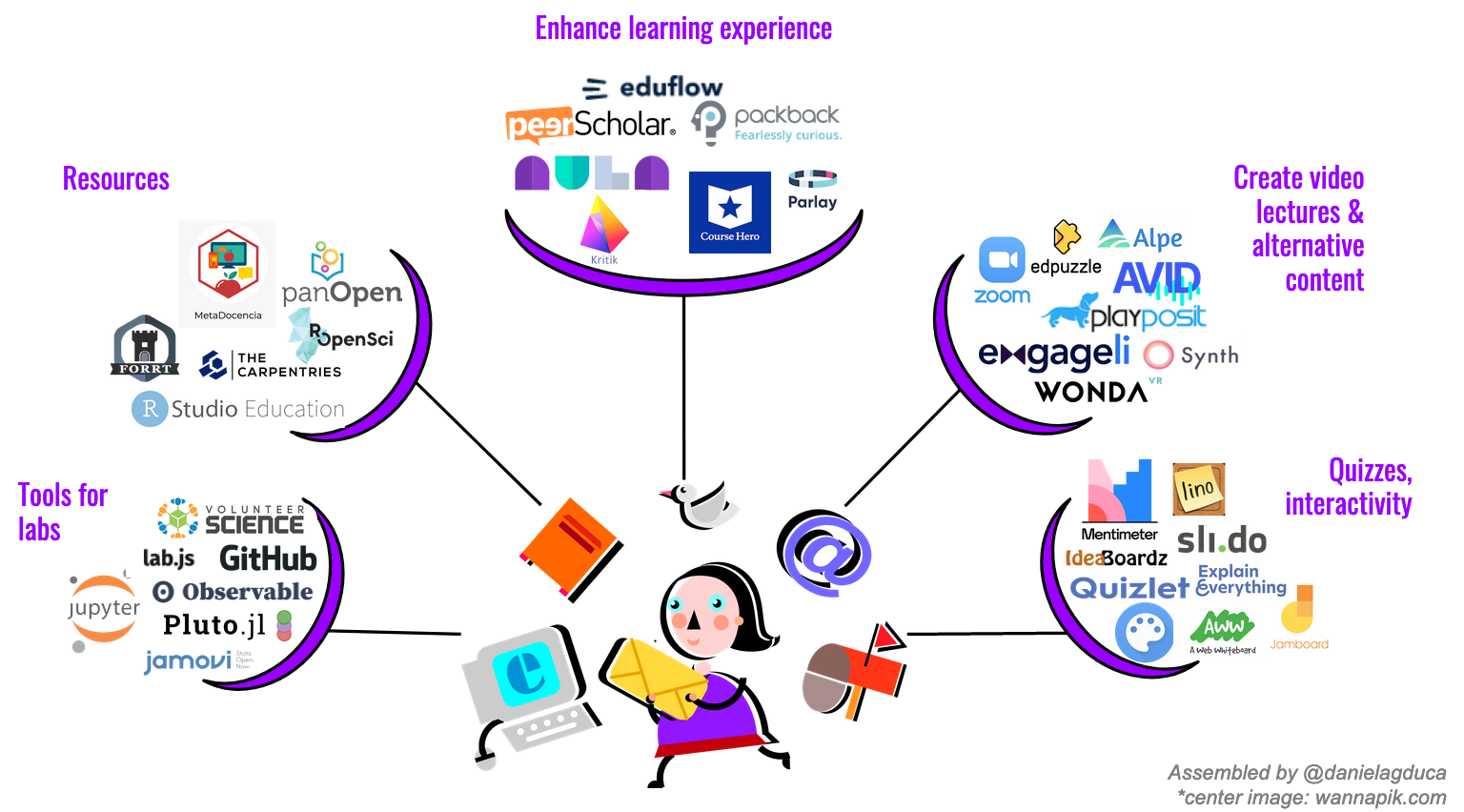Four errors that will stifle the most extraordinary university innovation
I sometimes find myself in helpless situations when, as a business manager, I focus on business modelling, market research and UX design to test the idea or service we are building for universities. Few people get me. Some think that business modelling is just a last step to do, a form to fill in before more senior groups are about to hit the green light. I’ve heard and saw many reasons for this drive:
- We already know what the users need
- We must understand the technical feasibility
- We need a product to show customers before we talk to them
- We don’t know how we will operate yet
- Most likely it won’t be the user paying, but his employer
- and so on…
A sustainable and super-used service, regardless of the industry or the final customer, is one that is needed. And it is very important to remember, that even if we are experts in our field, even if we know everything about our business and our customers, we will remain forever victims of our own biases and preconceptions. In other words, just thinking that our product or service is needed, does not equal the evidence that it will be used. I am absolutely thrilled to see that an increasing number of academics are very much agreeing with this.
And here is my own list of 4 concepts that are overlooked or misunderstood about the development of innovative ideas into services:
1. The definition of sustainability
The definition of sustainability was my first cultural shock. Whatever sustainability means for the public sector and academia is nowhere near the understanding that a start-up or a corporate has for it. And I don’t mean the non-profit aspect.
A self-respecting start-up would think — ok we need some money now and we’ve exhausted the FaF, but we are growing and we are forecasting a profit for next year, so are going to ask investors to buy some equity. When some teams in HE are building a new tool, they are thinking — we’ll get a grant now and sustainably ask for more money from other funders in the future.
Solutions are being built without challenging the assumption that they will be continuously funded and maintained. In other areas, this is called a funding addiction ( — read “Dead Aid” by Dambisa Moyo).
Sustainability and long-term sustainability is about figuring out a model of operation that will enable the service to continue beyond the initial development stage, independent of the original investors and regardless of who is running it.
2. Nice-to-have, cool-to-make vs need-to-have, or where is the demand?
All the prototypes I have seen so far are solving real problems. Problems that researchers or support offices within universities are having. Problems can be real, but they may not be a priority, and that is key. If you are solving a problem that exists within one department, but the department next door doesn’t want to solve it because they have bigger fish to fry, then you must ask yourself: are most departments like mine, or like the one next door?
I would take this question seriously. If your aim is to be successful beyond any funding period, and if your goal is to scale, then you want to obsess about the problem that is prioritised by your target groups. Only about 40 in every 100 companies that start up in London actually can pin the need-to-have product or service and survive beyond the 3 years mark.
I know that the sheer beauty of the solution you’ve come up with can be really enticing and most of the time cool. And you probably operate well when you solve complex problems and find the most intricate solutions. Almost cutting-edge technology, but proud to be using some old-school tricks. It pains me to say that a cool solution may not be in demand. Think about the Segway. Probably one of the most remarkable inventions in the past 20 years, simple and beautiful. But it never was “to the car what the car was to the horse and buggy”, as Dean Kamen predicted.
If there is no real and committed demand, it becomes much harder to prove the value or find sustainable ways of maintaining the service on the longer-term.
3. Sunk costs!
When it’s time to give it up, then give it up. Burry it! Be proud of what you developed, but don’t obsess with the solution or the amount of time and money you have invested. This is something that anyone, regardless of where they operate, find it hard to do: disregarding sunk costs. Sunk costs are literally the bygone costs. You cannot recover them, but often these stop us from moving forward and in a new direction. We think that if we invested the money we should continue squeezing the lemon even when it is out of juice. We are blind to the fact that we can buy another lemon.
If you have £10,000 that could be invested in project A to bring some benefit or project B to bring MORE benefit, it does not matter at all that you’ve already spent £1m on project A, you have to go with B.
4. Promotion!
Maybe five guys have been able to build a restaurant service just by word of mouth and paying a PR agency to make sure there is no PR about them. But that does not work in higher education imho. If you build something for your team and expect to promote it by word-of-mouth, then you are delusional. In academia, most successful services worked because there is plenty of promotion, at every conference, with loads of free trainings, and an incredible number of meetings and greetings.
When done well, promotion will also help you identify whether your service is in demand and how high up the priority list it is.




